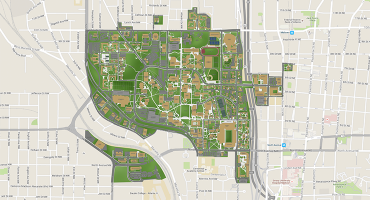Abstract: Transposon-encoded genes are the most abundant and ubiquitous genes in nature. Their widespread presence across diverse genomes has driven the evolution of novel mechanisms to manipulate genetic information, enabling them to selfishly propagate their own genetic material. Remarkably, many essential cellular functions, including RNA splicing, telomere maintenance, and V(D)J recombination, all trace their origins to components originally encoded within transposable elements. Our findings reveal that the RNA-guided mechanisms of CRISPR and snoRNA-guided RNA modification also originated within transposable elements, where they facilitated their spread before being co-opted by cells for diverse RNA-guided processes. These insights highlight how the adaptive strategies of transposable elements have not only ensured their persistence but also driven the development of key molecular processes that underpin cellular function, shaping the evolution of life at the molecular level.
Event Details
Location:
EBB 1005
Extras:
Free Food
For More Information Contact
rbailey74@gatech.edu



